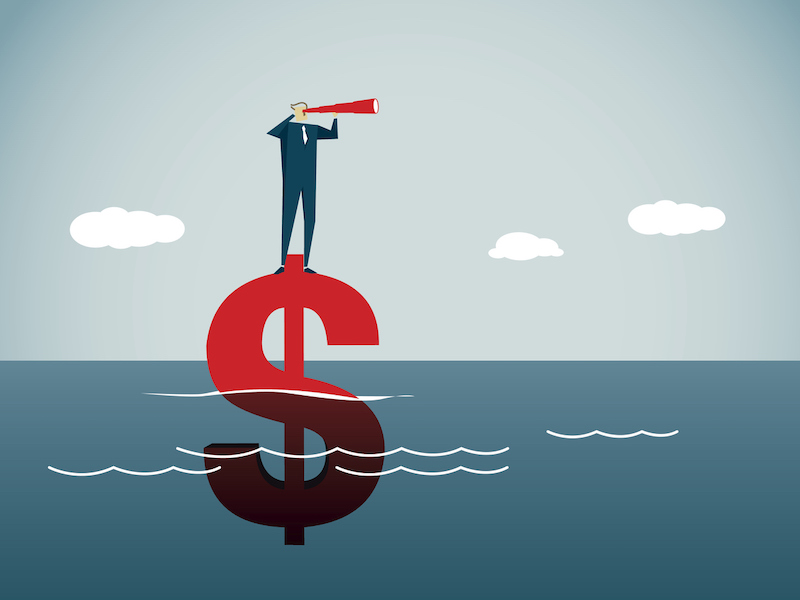
Canada will likely take longer to recover from the Covid-19 pandemic than the U.S., according to a report from RSM Canada.
The accounting firm outlined the impact of the pandemic on Canada’s economy, and what economic recovery might look like over the next several months. Relative to the U.S., RSM suggested that Canada’s economy will take longer to recover for several reasons.
The U.S. economic recovery is projected to follow a V-shape pattern, meaning a steep downturn followed by a quick recovery, the report said. RSM forecasted that Canada’s economy will have a U-shaped recovery, with a longer period between decline and recovery.
“Measures being taken to stem the spread of Covid-19 have ravaged Canada’s economy,” Alex Kotsopoulos, vice president, projects and economics with RSM Canada, said in a release. “As we look ahead to recovery, we expect it will be more tepid than originally thought and, unfortunately, for a variety of reasons it will take longer for us to rebound in Canada than the U.S.”
Prior to the Covid-19 outbreak, Canada’s economy was already showing signs of weakness, RSM noted. Household debt levels had increased over the past several years, with household debt as a proportion of GDP in Canada far exceeding that of the U.S. (102% vs 76%, respectively).
“While the decrease in interest rates since the onset of Covid-19 will improve debt service ratios, Canadian households may be adding to their overall debt load during this period of economic uncertainty,” the report said.
Canada’s GDP growth slowed in 2019, and business investment has fallen over the past several years, due in part to the U.S.-China trade war disproportionately affecting Canada’s economy, RSM noted. Canada’s exports, particularly in the oil and gas sector, are also expected to decline significantly as a result of Covid-19.
In addition, the fiscal policy response to Covid-19 in Canada has been conservative compared to the response in the U.S., RSM noted.
In Canada, the initial economic stimulus package plus the enhanced emergency wage subsidy amounted to approximately 3% of GDP, compared to relief measures implemented in the U.S., which are roughly 10% of GDP.
“Monetary authorities have responded appropriately with measures such as easing of interest rates, but now we need to see fiscal authorities implement meaningful measures to protect and preserve the real economy,” Joe Brusuelas, chief economist with RSM U.S. LLP, said in a statement.
Read the RSM report for more information.